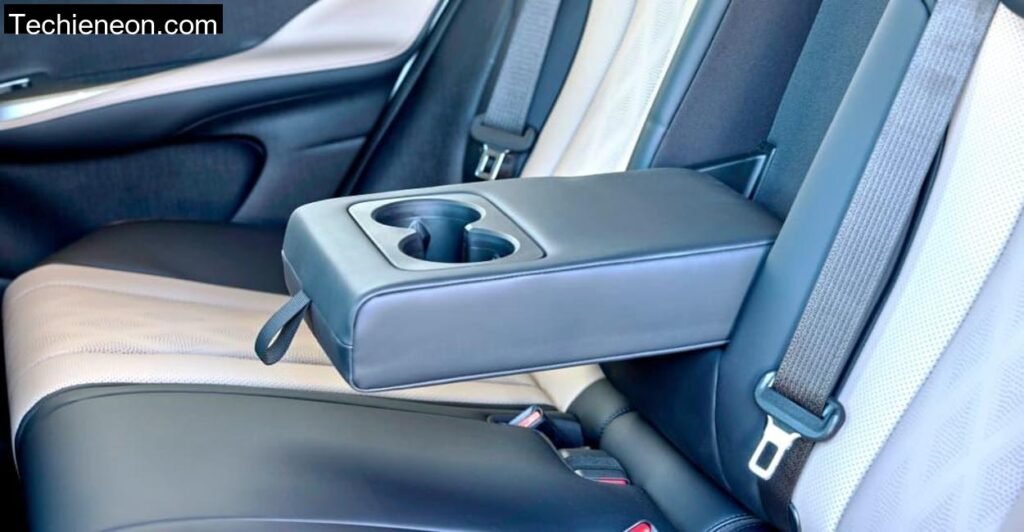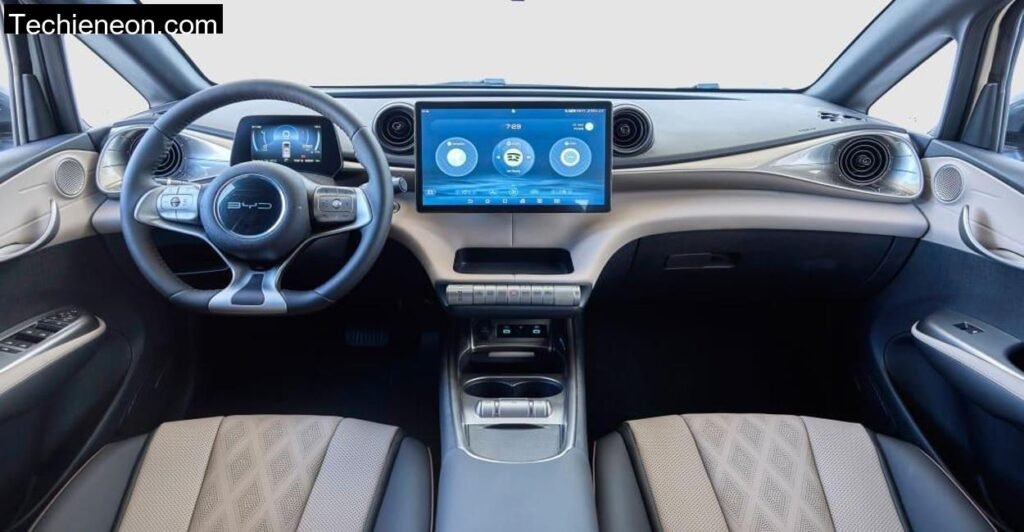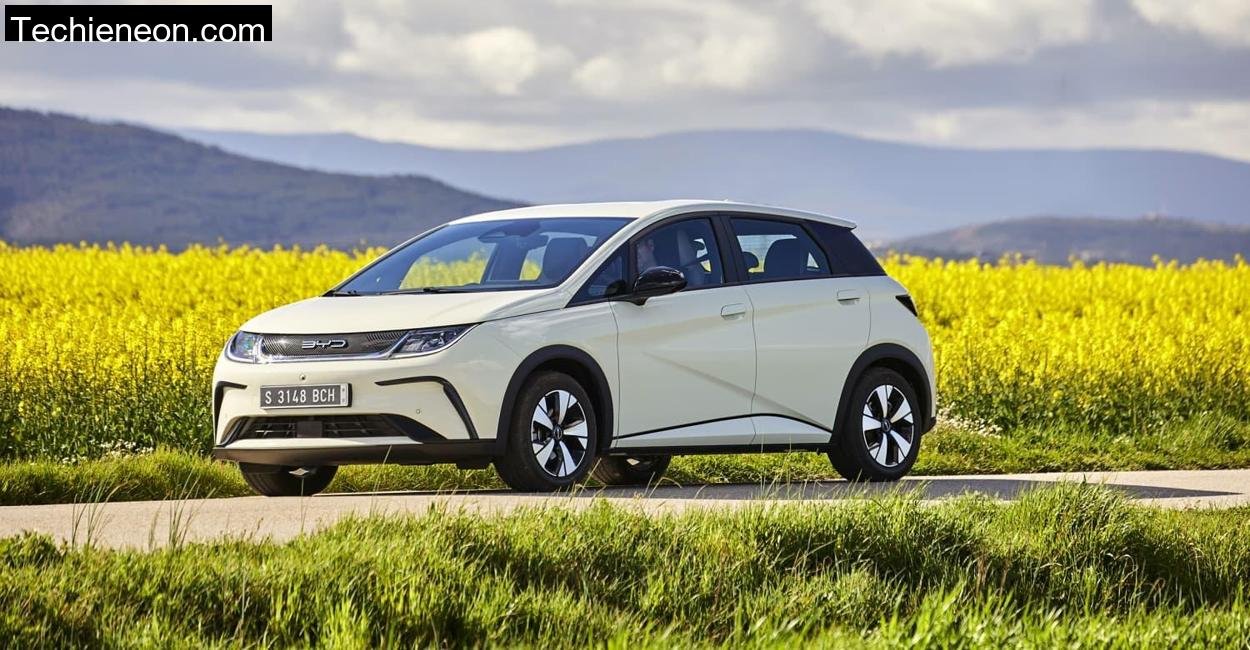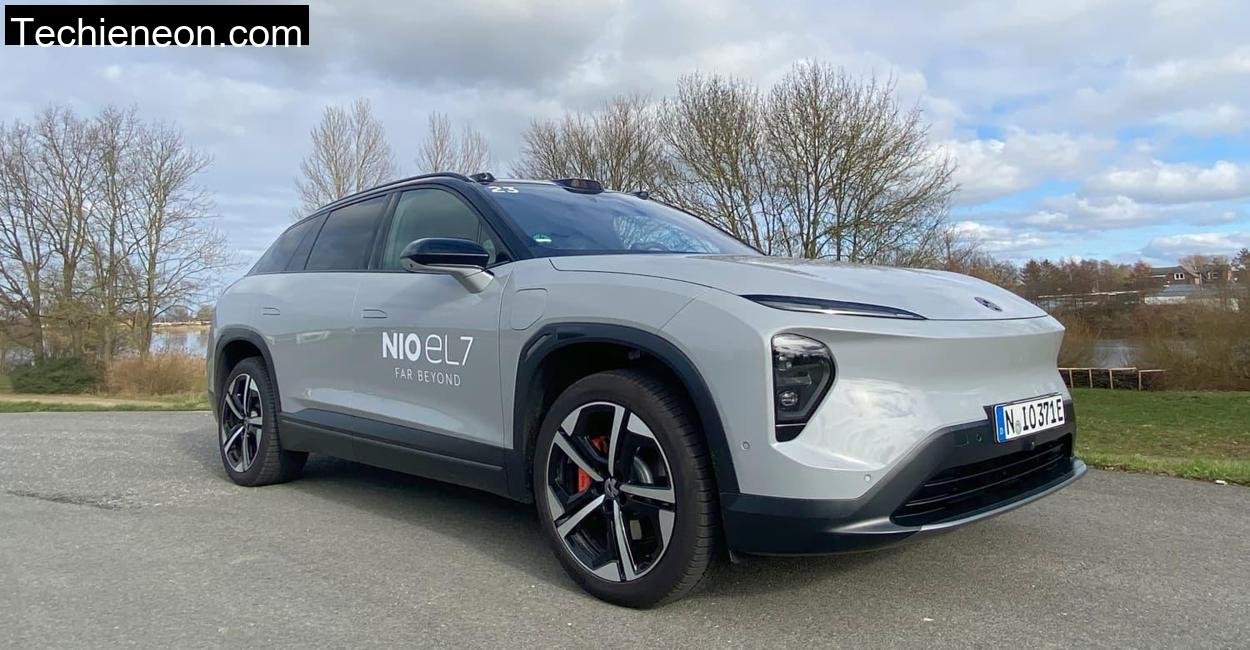Performance like the ID.3: 150 kW/204 hp
The first thing that struck me as I left the valley and started climbing the switchbacks toward Garmisch-Partenkirchen was just how punchy the Dolphin feels. Its front-mounted motor produces 150 kW, or 204 hp, exactly matching the output of the VW ID.3 Pro S. Torque is a healthy 310 Nm, and that’s available instantly, as with most electric cars. Acceleration from 0–100 km/h is officially listed at 7.0 seconds, but up in the thinner mountain air and on slightly moist tarmac, it felt a touch quicker. Or maybe that was just the contrast with the silence.
Throttle response is crisp, if you floor it, the Dolphin jumps forward with a surprising eagerness. Around the hairpins climbing toward Eibsee, I toggled between Sport and Normal mode. The four available driving modes, Sport, Normal, Economy, and Snow, don’t drastically change the personality of the car, but Sport does give you a slightly sharper edge.
However, I did notice a key shortcoming: the traction control. Even in Normal mode and with relatively dry roads, the front wheels sometimes spun when accelerating from a stop. A bit of wheelspin at low speeds isn’t unusual in front-wheel-drive EVs, but this was more than expected. On a few tighter, damp corners, I felt the traction control system lagging just enough to require manual moderation of throttle inputs. It didn’t ruin the fun, but it’s definitely a spot where BYD could sharpen the experience.
The Dolphin drives quietly and comfortably

Once I stopped attacking the corners and let the Dolphin settle into a cruise through the forested valleys below the Zugspitze, it started to show its true nature. This isn’t a sports car in disguise, it’s a comfort-oriented cruiser. The ride is soft, almost pillowy over minor imperfections, and the suspension does a solid job of isolating the cabin from road harshness.
What you’ll appreciate most, though, is the quiet. Aside from a somewhat artificial noise under 30 km/h (probably for pedestrian awareness), the Dolphin is impressively silent. Tire roar from the LingLong Comfortmaster tires is present at higher speeds, but otherwise, this is a calm, composed ride. Long highway stretches? Totally doable, and I did just that on the A95 back toward Munich. The seats remain comfortable over hours of driving, and the absence of fatigue is notable.
Safety-wise, it’s a standout. Every advanced driver assistance system you can imagine is included, lane departure warning, emergency braking (forward and reverse), blind spot monitoring, cross-traffic alerts, and more. There’s no need to tick options boxes, which feels refreshing.
Technical highlight: The battery
Underneath the compact body lies BYD’s “blade battery” tech, arguably the Dolphin’s biggest innovation. It’s a 60.4 kWh lithium iron phosphate (LFP) unit, nickel- and cobalt-free, which brings durability and safety advantages. BYD claims system efficiency of 89%, and they’ve thrown in a heat pump as standard, something even premium rivals charge extra for.
In real-world conditions up in the mountains with temperatures hovering around 9°C, I was able to average just under 18 kWh/100 km, which is solid considering the terrain and occasional elevation climbs. It puts real-world range at about 350 km, and I’d agree with that. I started a full charge at the base of the Zugspitze and returned with nearly 200 km still in reserve.
Fast charging, however, is not the Dolphin’s strength. DC charging tops out at 86.2 kW and averages about 68 kW from 10% to 80%. That meant a coffee break turned into nearly 45 minutes at a station in Grainau. BYD’s AC charging, though, is excellent,11 kW three-phase charging means you’re topped up at home or a hotel in under 6 hours.
Interior, space, operation

This is where the Dolphin takes a big leap over many budget EVs. Up front, the space is generous. I’m 1.88 meters tall, and even with the seat raised a bit, there was still clearance above my head. The same goes for the rear, passengers up to 2 meters will fit comfortably unless you’ve reclined the front seats all the way.
The cabin feels airy, especially with the Design trim’s glass roof. There’s a 12.8-inch rotating infotainment screen in the center that swivels between portrait and landscape, which looks like a gimmick but actually came in handy when using navigation in vertical orientation.
Still, the infotainment system could use refinement. Some menu labels are oddly translated (“Flow Control”?) and accessing basics like the heated rear window or climate settings can be frustrating. There are some real buttons, thankfully, for hazards, volume, and drive mode selection, but the interface lacks polish.
Storage is practical, though. Twenty compartments, including a slot with wireless charging for your phone, make the Dolphin easy to live with.
Equipment, power levels, batteries
As of late 2024, only two trim levels are available in Germany: Comfort and Design. Both come with the 150 kW motor and 60 kWh battery, and both are well-equipped. The Comfort model includes heated front seats, a six-speaker audio system, power-adjustable driver seat, keyless entry, and all the safety gear. The Design trim adds two-tone paint, a panoramic glass roof, and 17-inch wheels.
There were supposed to be entry-level variants (Active and Boost) with 45 kWh batteries and lower power outputs, but these have been postponed indefinitely. That’s a bit of a missed opportunity, an affordable city version for under €31,000 would have attracted a lot of urban EV shoppers.
Attractive prices: Comfort for 32,990 euros
This is where BYD delivers a knockout. At €32,990 for the Comfort and €34,990 for the Design, the Dolphin undercuts many competitors by several thousand euros. You get a well-equipped, properly engineered EV with decent range and a good warranty (6 years or 150,000 km from 2024).
Sure, it’s not perfect, the infotainment could use a software update, the charging speed won’t win awards, and the brake performance (38.3 meters from 100 km/h) isn’t spectacular. But in terms of value? It’s a winner.
Conclusion
Driving the BYD Dolphin up and around the Zugspitze revealed a lot about this compact EV. It’s not just a budget electric car,it’s a well-considered alternative to European rivals like the VW ID.3 or MG4. It’s comfortable, punchy, and thoughtfully equipped. The battery tech is top-tier in terms of safety and longevity, even if the charging performance isn’t class-leading.
If you can live with the slightly clunky infotainment and lack of a frunk, the Dolphin offers something rare: a genuinely usable, likable EV under €35,000. BYD still has to prove itself over the long term in Europe, but the Dolphin is a strong step forward. It’s smart, capable, and, just like its namesake, glides through its environment with unexpected grace.



Leave a Comment